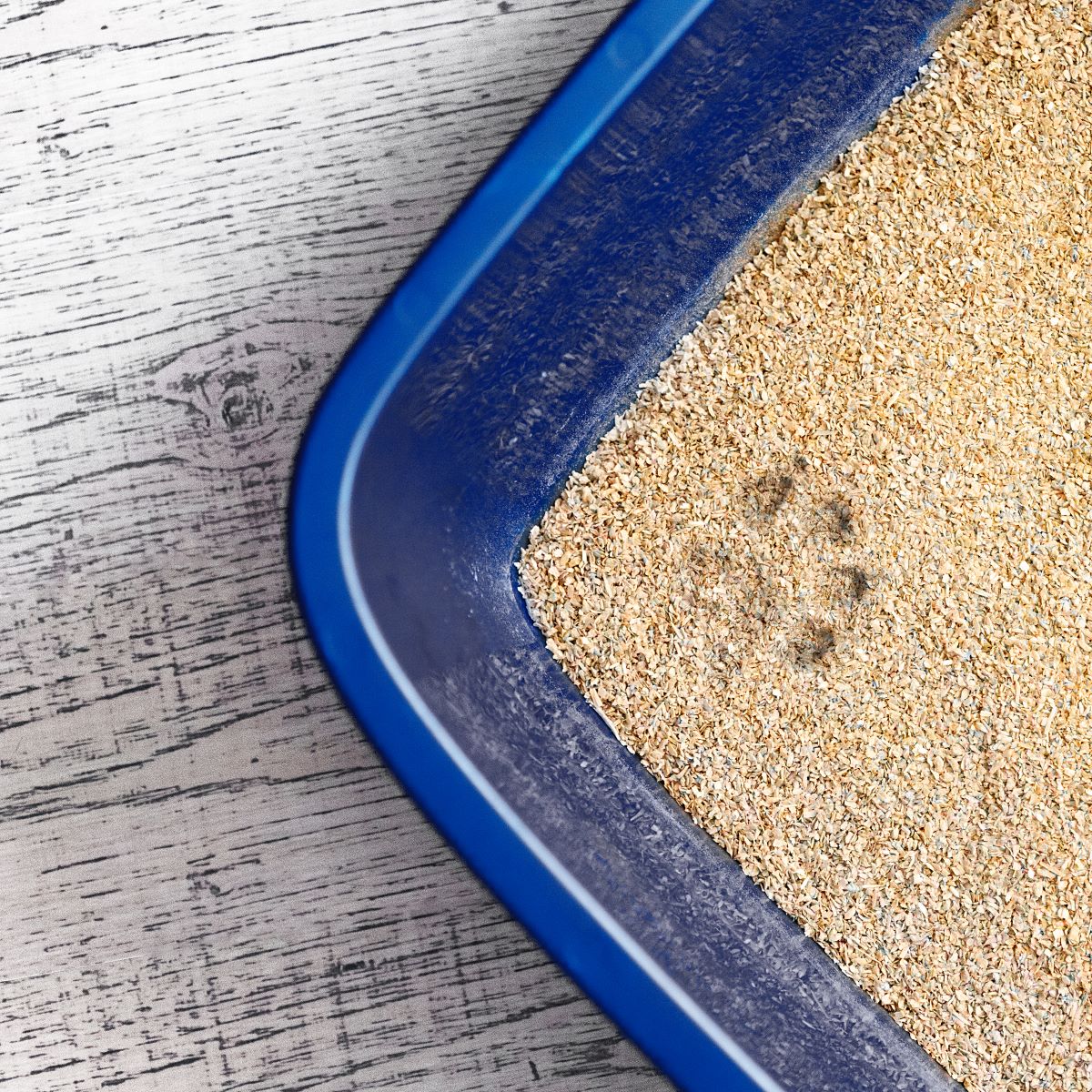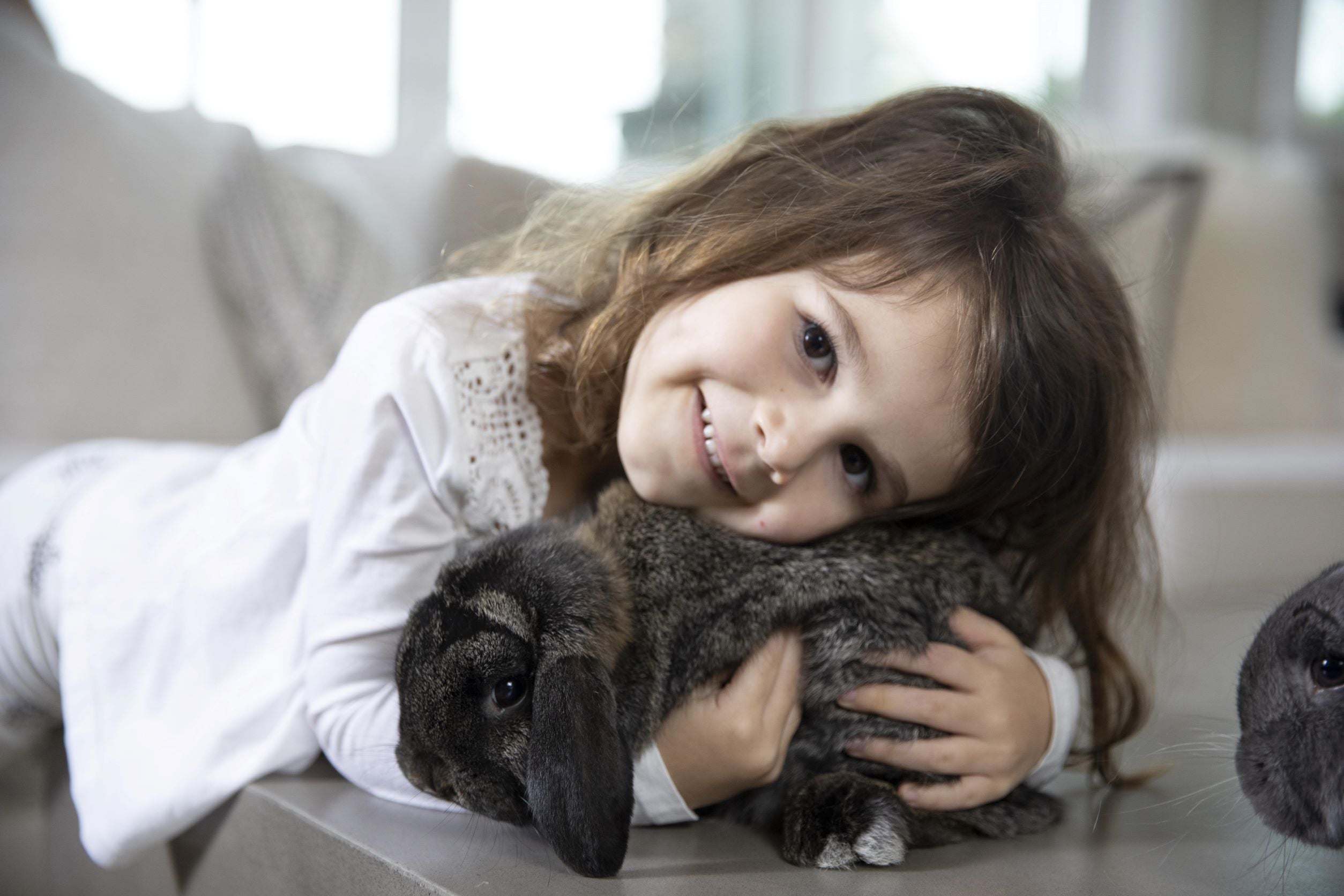
Essential Techniques for Improving Your Dog’s Behavior
Photo by Justin Aikin on Unsplash
Behavioral issues in dogs can create significant challenges for both the pet and the owner. A well-behaved dog can enhance the quality of life for everyone involved, leading to a fulfilling relationship between pet and owner.
Many factors contribute to a dog’s behavior, including breed tendencies, the environment, and past experiences. Training is an important component in addressing and managing a dog's behavior, and understanding effective techniques can result in lasting improvements.
Understanding Dog Behavior
Recognizing the instincts and communication methods of dogs is the first step in understanding their behavior. Dogs express emotions and needs through body language, vocalizations, and actions. Paying attention to these signals is important for identifying issues and knowing how to respond appropriately. Common behavioral problems include excessive barking, jumping on people, chewing household items, and aggression.
Each of these behaviors usually has underlying causes ranging from boredom to fear or misunderstanding. Barking may be a dog's way of alerting its owner about something unusual, or it could stem from loneliness. This foundational understanding aids in crafting a response that addresses the behavior effectively without encouraging the problem.
Seeking Professional Help
Sometimes, despite the best efforts, a dog may require assistance beyond what an owner can provide. Seeking the guidance of a professional trainer can lead to better outcomes in cases of severe behavioral issues. A qualified trainer can identify specific problems and develop tailored training programs aimed at improving the dog's behavior effectively. Early and professional dog training can address concerns before they escalate, providing the dog with the skills required to behave appropriately in various situations. It’s important to choose a trainer who uses positive reinforcement methods. Training should be a collaborative effort that respects the dog’s individuality, and a well-suited professional can make a significant difference.
Professional help can benefit rescue dogs who may have experienced trauma or neglect in their past. Trainers with experience in behavior modification can gradually build the dog's trust and confidence. In some cases, additional support from a veterinarian or animal behaviorist may be necessary to rule out medical causes for behavioral problems. Owners who remain actively involved in the training process often see faster and more consistent results. The combined efforts of a skilled trainer and committed owner can create a healthier and more harmonious relationship between dog and human.
Implementing Positive Reinforcement
Positive reinforcement is a highly effective technique for addressing behavioral issues in dogs. This method involves rewarding desired behaviors rather than punishing unwanted ones. When dogs receive tangible rewards such as treats, praise, or playtime for exhibiting good behavior, they are more likely to repeat those actions. This technique creates a positive association between the behavior and the reward.
Rewarding good behavior helps foster a strong bond between the dog and its owner. It encourages open communication. While positive reinforcement can be implemented in daily routines, consistency is key. Ensuring that all family members are on the same page regarding reinforcement strategies will maximize the positive changes.
Timing is important, as rewards given immediately after the desired behavior reinforce the connection more effectively. Using a variety of rewards can help maintain the dog’s interest and motivation. Gradually, these rewards can be transitioned to intermittent reinforcement to strengthen the learned behaviors. Clear cues and commands should accompany rewards so the dog understands exactly which action is being encouraged. With patience and repetition, positive reinforcement can lead to lasting improvements in behavior and obedience.
Establishing a Routine
Dogs thrive on routine, as it offers them a sense of stability and predictability. A well-structured routine can help mitigate anxiety-related behaviors such as excessive barking or chewing. Establish set times for walks, meals, and play to create an environment where your dog knows what to expect. This predictability can lead to a calmer demeanor, as dogs feel secure in their surroundings. Routine should include training sessions. Short, frequent training sessions can keep a dog's mind engaged and promote better behavior. As dogs enjoy participating in activities that provide stimulation, this routine can reduce undesirable behaviors that arise from boredom.
Including regular rest periods is just as important, ensuring the dog has time to recharge between activities. Consistency in daily schedules can make it easier to introduce new habits without confusion. Owners may notice that dogs begin to anticipate events, such as waiting by the door for a walk at the usual time. This level of predictability strengthens the bond between dog and owner. A reliable routine can contribute to both improved behavior and well-being.
Socialization and Exposure
Socialization is another critical component of training that can significantly impact a dog's behavior. Introducing a dog to new situations, environments, and other animals can help reduce fear and anxiety, leading to more confident behaviors.
Begin socializing your dog at a young age by exposing them to various people, sounds, and surroundings in controlled environments. Assess each new experience and reward calm and positive responses. This approach builds resilience and adaptability in dogs, allowing them to interact positively with their environment. When dogs feel more comfortable in diverse situations, problematic behaviors such as aggression or fearfulness decrease.
Structured socialization sessions, such as supervised playgroups, can provide safe opportunities for interaction. Gradually increasing the complexity of these experiences helps dogs develop confidence at a steady pace. Socialization should be ongoing, as regular exposure maintains comfort and prevents regression. Owners should monitor body language to ensure the dog remains relaxed and receptive during interactions. Consistent, positive exposure can result in a well-adjusted dog that handles change with ease.
Image source: https://pixabay.com/photos/english-bulldog-bulldog-ball-dog-562723/
Using Commands Effectively
Clear communication is important when training a dog. Using specific commands can streamline the training process and help dogs understand what is expected of them. Teach basic commands like "sit," "stay," "come," and "leave it." These commands improve obedience and provide owners with tools to manage their dog’s behavior effectively. Incorporate these commands into daily interactions to reinforce the lessons learned.
Consistent use helps dogs learn the meanings of the commands and reinforces the bond between the owner and the dog. Regular practice allows commands to become second nature to the dog, leading to improved behavior without constant reminders.
Training your dog is an ongoing journey that requires patience, persistence, and love. Understanding your dog’s behavior and employing techniques like positive reinforcement, establishing routines, socializing, and using commands effectively can pave the way for noticeable improvements. Seeking professional help when needed can ensure optimal results, further enriching the bond between pet and owner.











 email us
email us